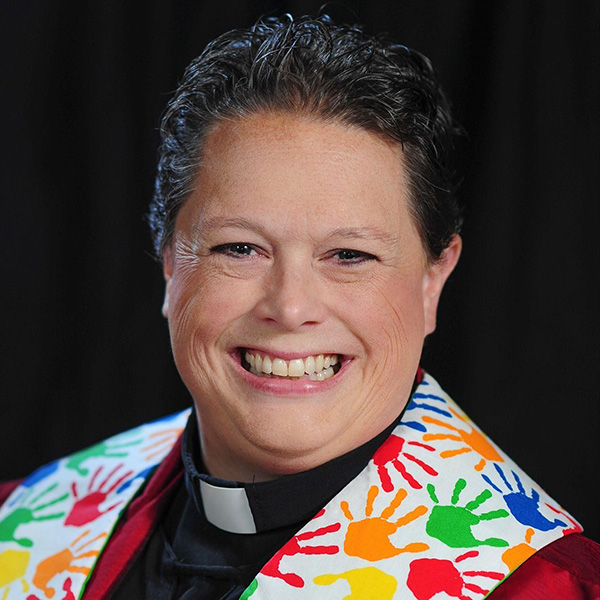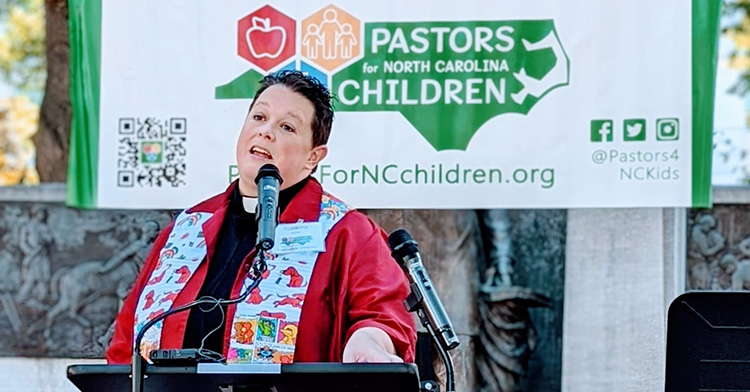During a recent visit to the North Carolina Museum of Art in Raleigh, I sat on a bench in the gallery filled with altarpieces and devotional works from the 16th-18th centuries. This gallery is one of my favorite places to meditate and reflect. I was studying an altarpiece by Peter Paul Rubens, “The Holy Family and St. Anne,” when suddenly a group of 7- and 8-year-old children arrived in the gallery, accompanied by a few parent chaperones and a docent. I feared that my quiet morning was over.
Instead, to my delight, the docent made a few inquiries -- such as “Who knows who that baby is?” and “Who is the mother in the picture?” -- and then asked if the children knew what a “tableau” was. She briskly called for three volunteers, then placed them directly beneath the painting, imitating the positions of the figures. St. Anne had her arm around Mary, Mary held the baby Jesus, and Joseph, outside the shed, leaned his cheek on one hand and gazed through an open window at the women and the baby. The child playing Mary was given a red, rolled-up coat to stand in for Jesus.
The children were solemn and quick to assume their places and their roles. It all happened in a matter of seconds. Along with the students, I watched the proceedings in wonder. Rather than make the group listen to historical criticism, art theory or technique, the wise docent simply placed the children immediately and physically in the midst of the action, where they became a bridge to our understanding as we viewed them underneath the beautiful Rubens painting.
Mary held her red-coat baby carefully, as St. Anne clutched Mary’s shoulder. “Does anyone know why Joseph has his hand on his cheek?” asked the docent. “Because he was tired from being up all night with a baby?” one child asked helpfully.
I knew I was witnessing something profound and lovely, as did the other children. I also knew that I had learned about the painting in a way that I would never forget. I now saw the dynamics between the painting’s figures in a clearer light. I saw why it might be important to have Mary’s mother in the picture. The children had captured and embodied the relationships for me, had made them come alive with all their complexity.
As the children filed out of the gallery, I found myself wondering what lessons were reflected here for those of us who teach adult learners. Is such embodied learning still possible for adults, who are not so quick anymore to be physically outside of our comfort zones, let alone leave our seats to volunteer?
Certainly the theater world is filled with exercises which, if not framed as “games,” can be useful to adult learners. When we do improvisation, for example, as we listen and respond, accept or reject, we learn more about our relationships and about how we get things done as leaders.
But the tableau I witnessed in the art museum reminded me of how important it is for us as adult leaders and learners to maintain the spirit of willingness to learn by placing ourselves in the action, to risk and to try, because we trust that what God has placed for us there is good to learn.







